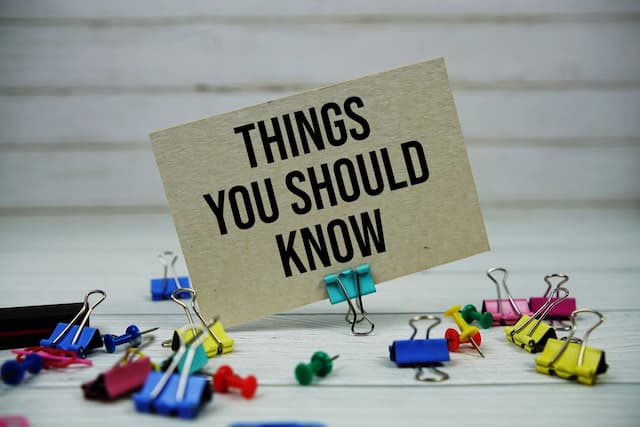
When Christmas Joy Feels Far Away: A Lesson from George Bailey
True joy is far better than anything we can imagine.


True joy is far better than anything we can imagine.

The singular purpose of Christmas is to lead us to the cross of Easter.

I confess I was seriously underwhelmed by that definition. expected more. A lot more. I expected a more colorful description, more specifics, possibly even a bad example or two. I figured the def…

Recently a lady was driving along a highway, when a small plane crashed landed and hit her car. She was not hurt, but thankfully she was th...